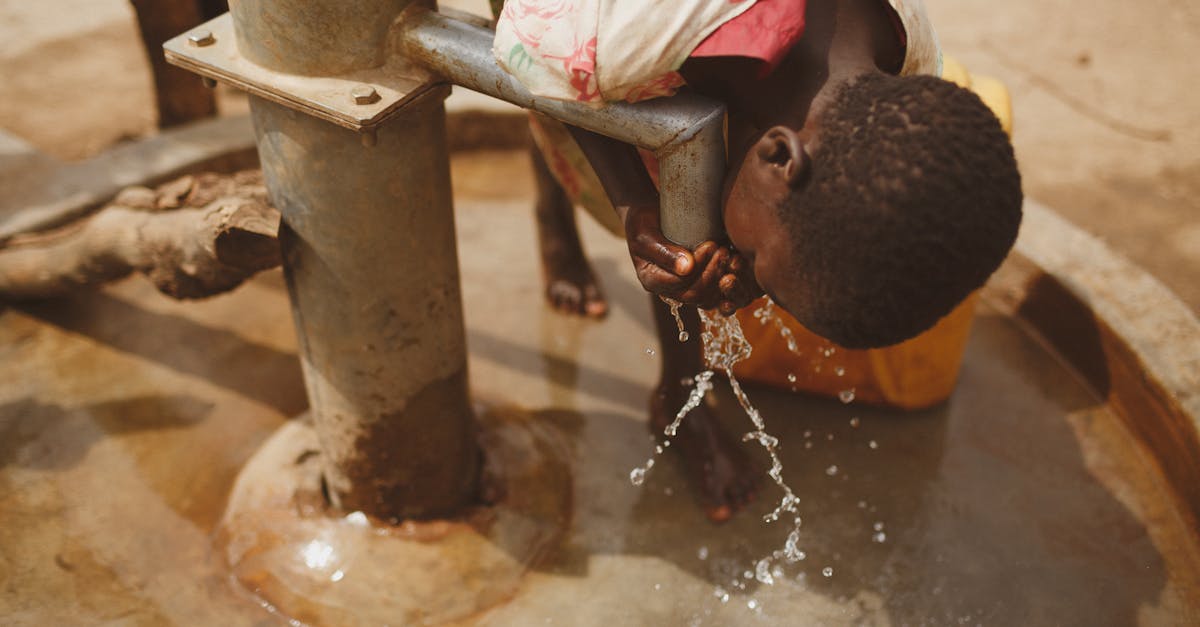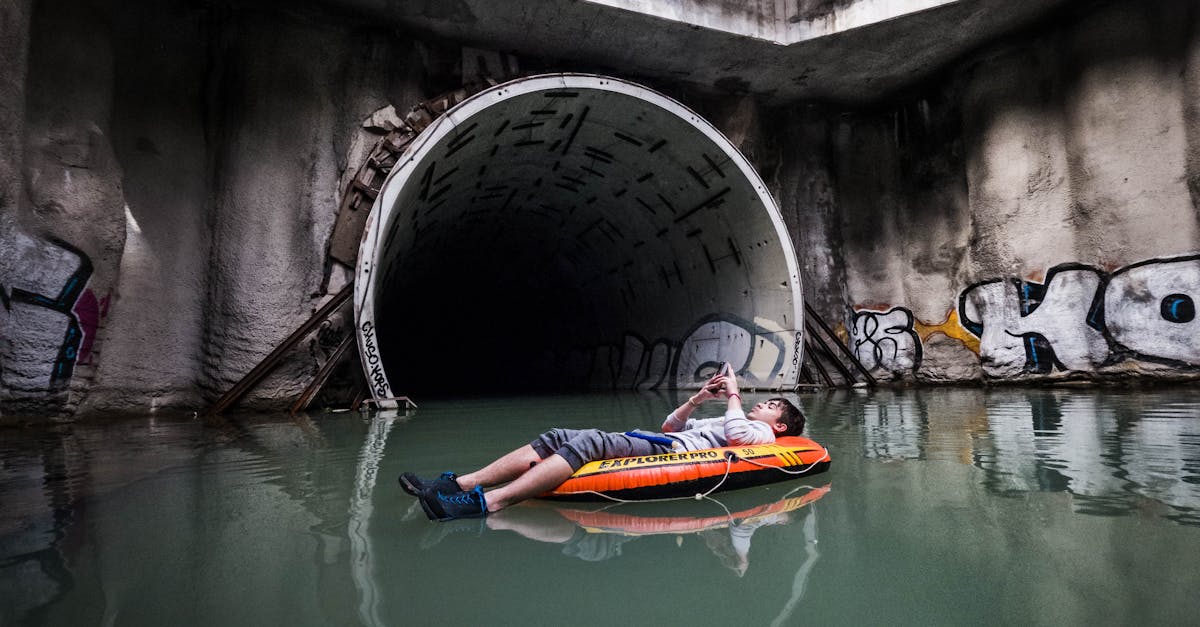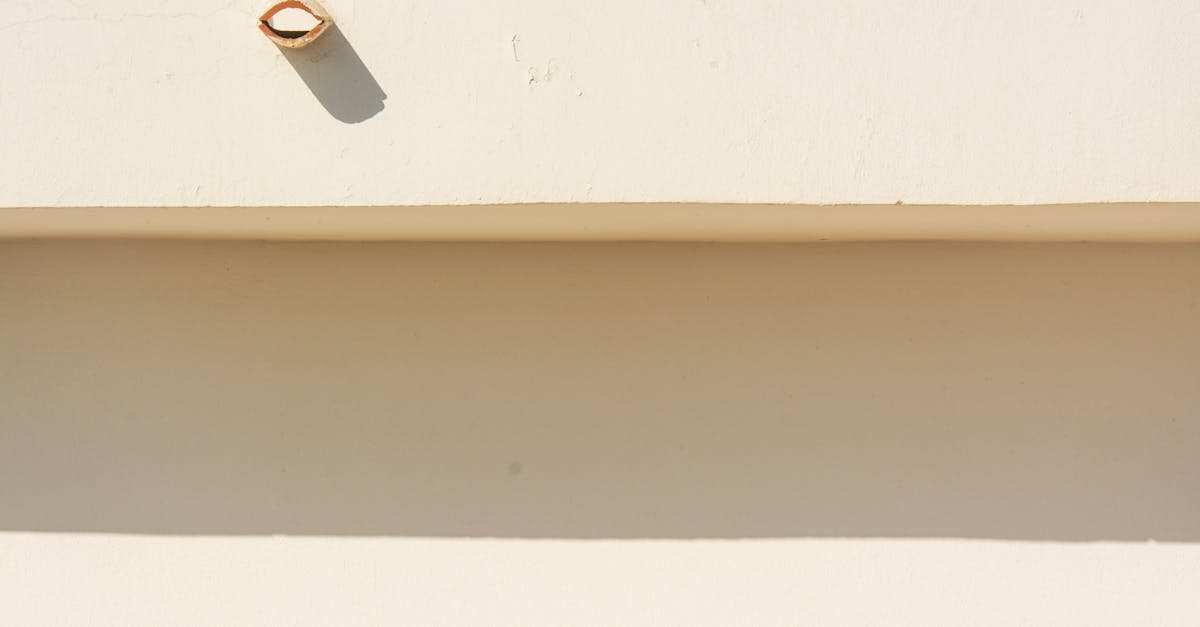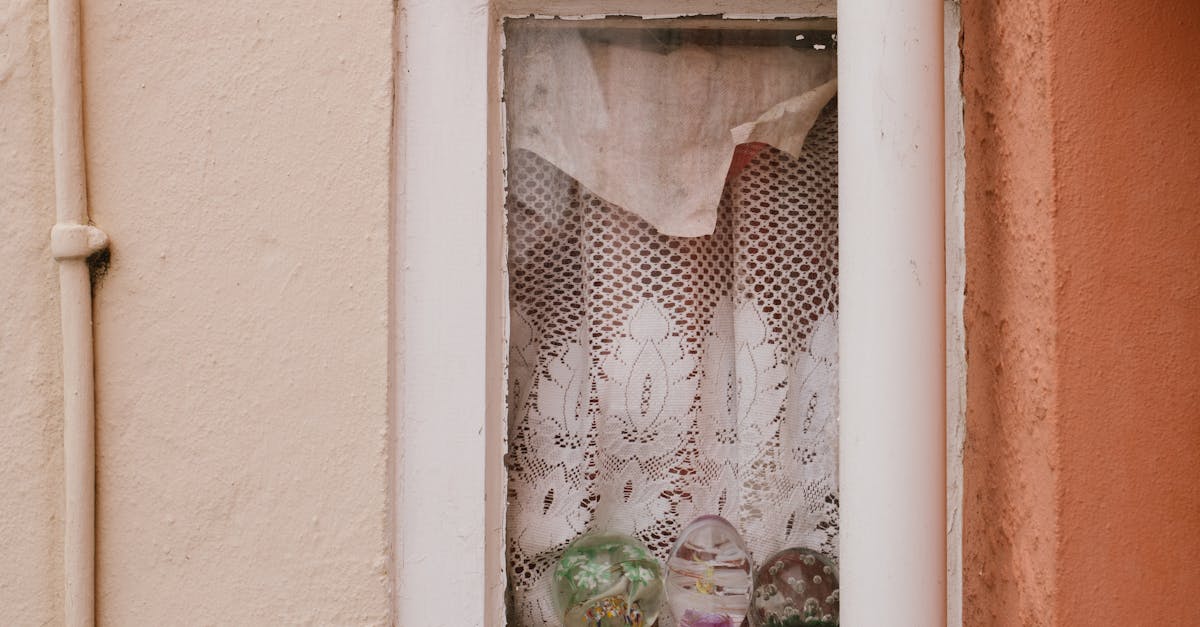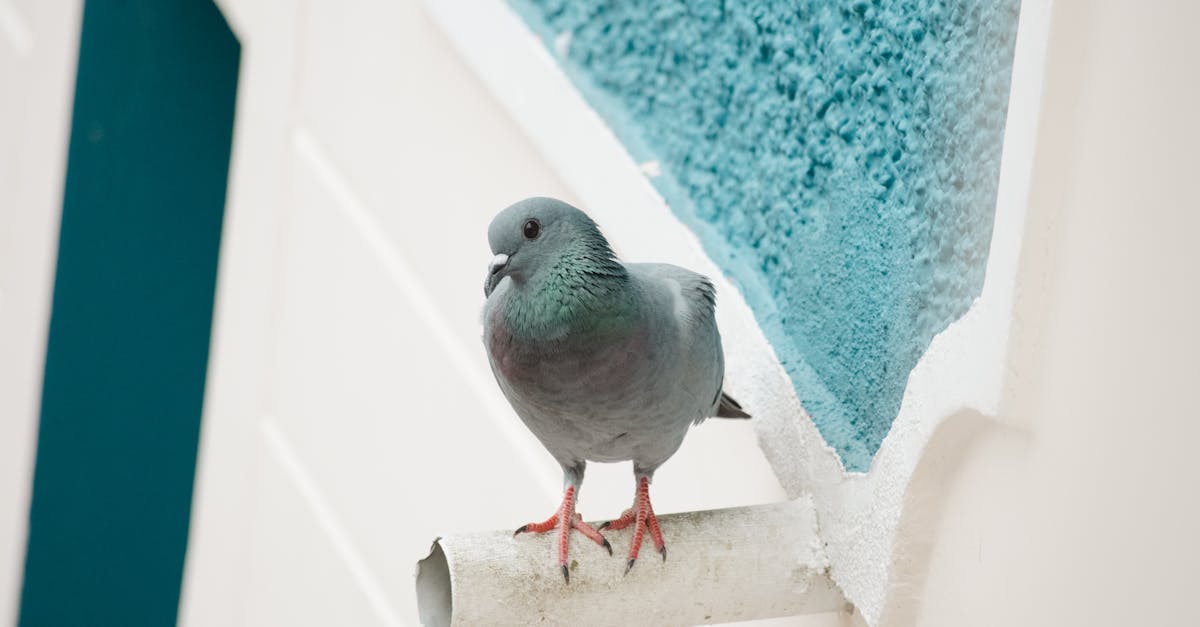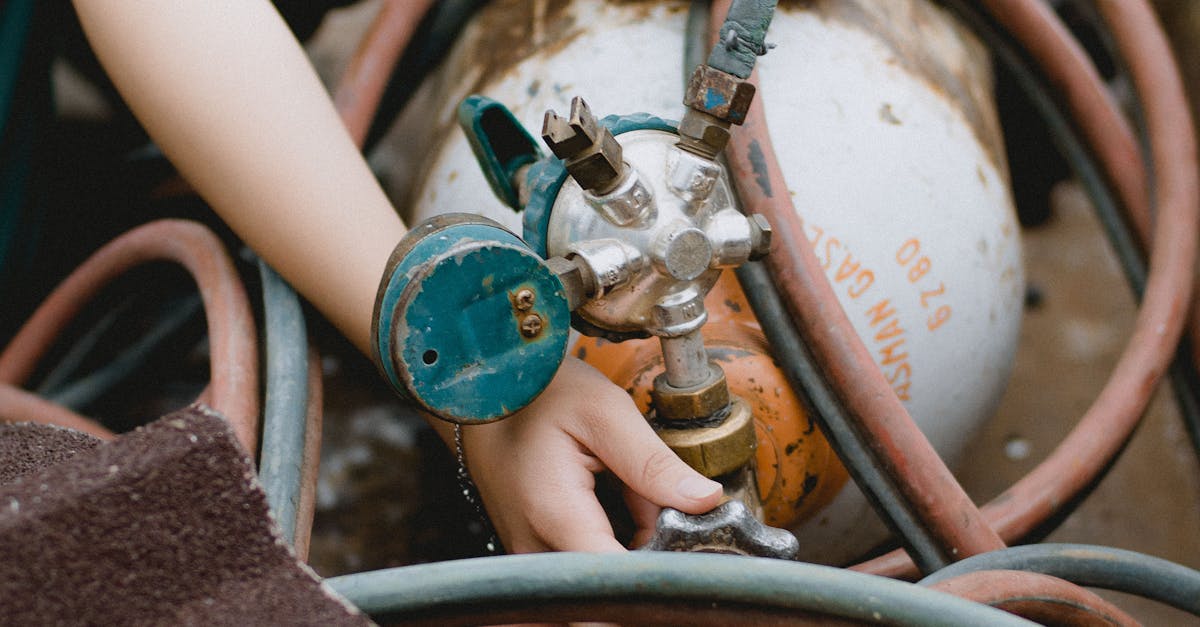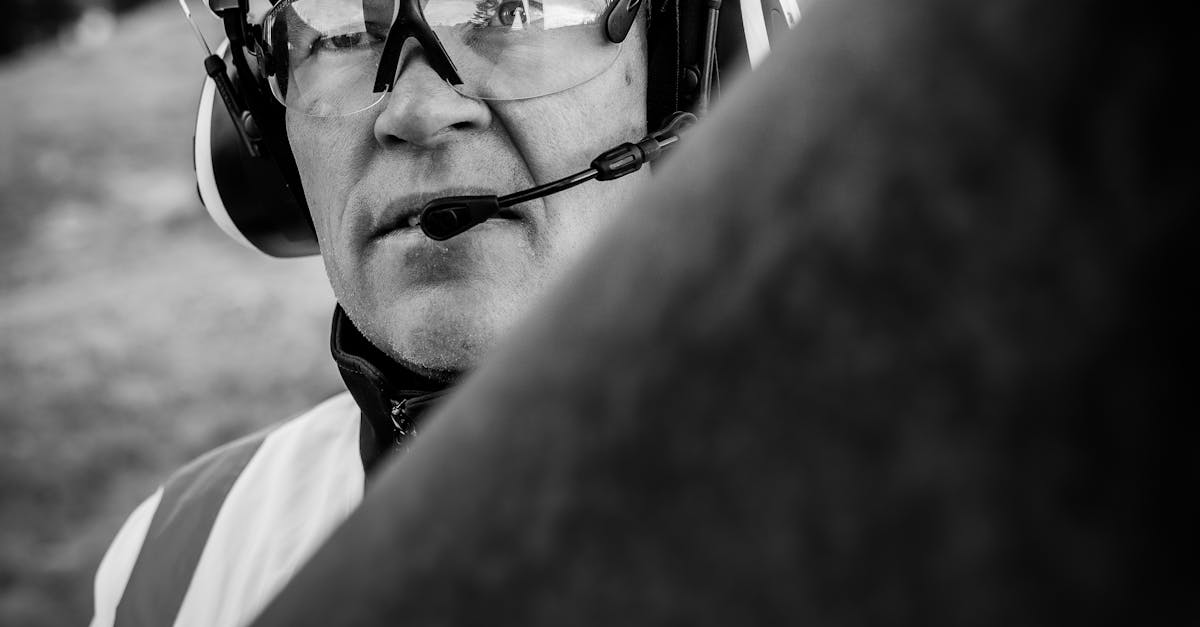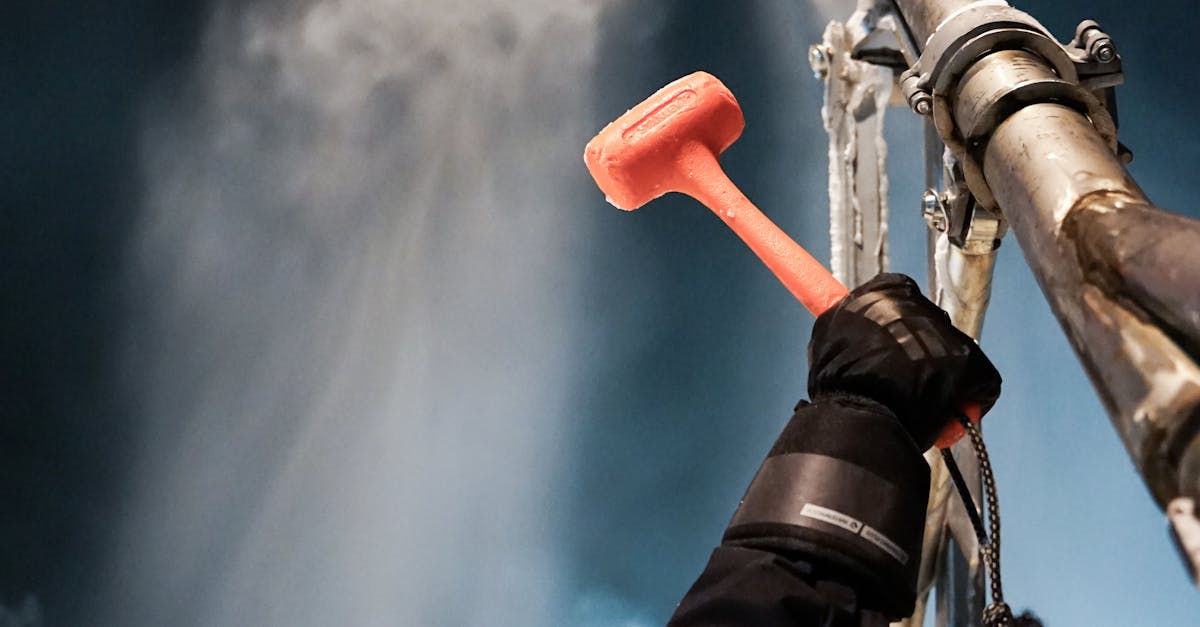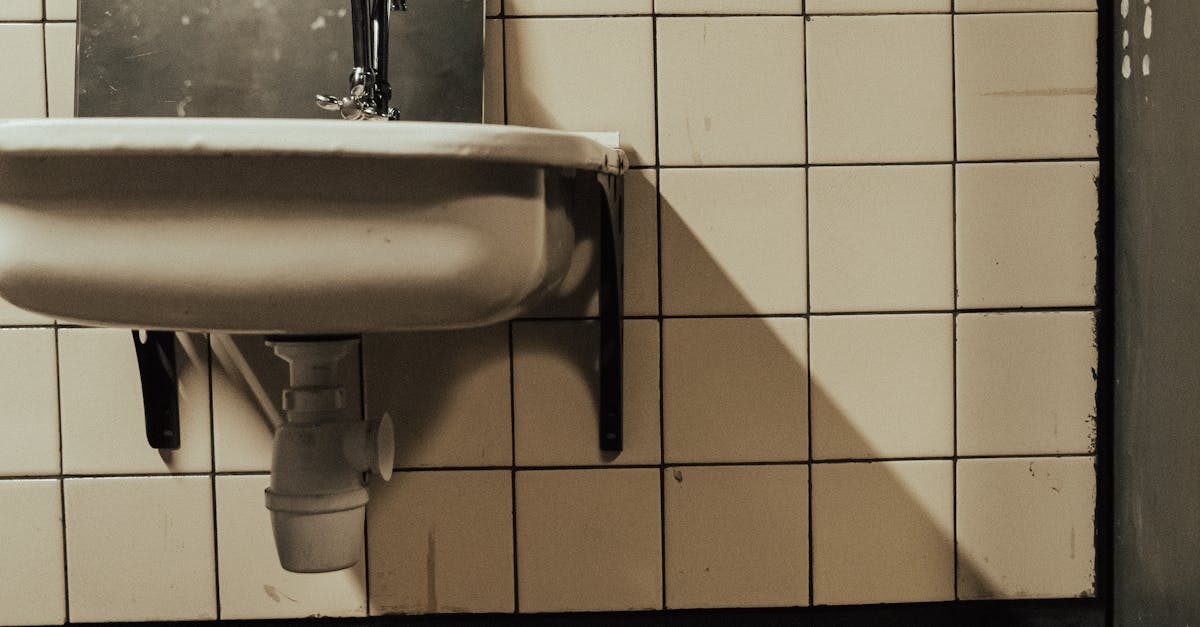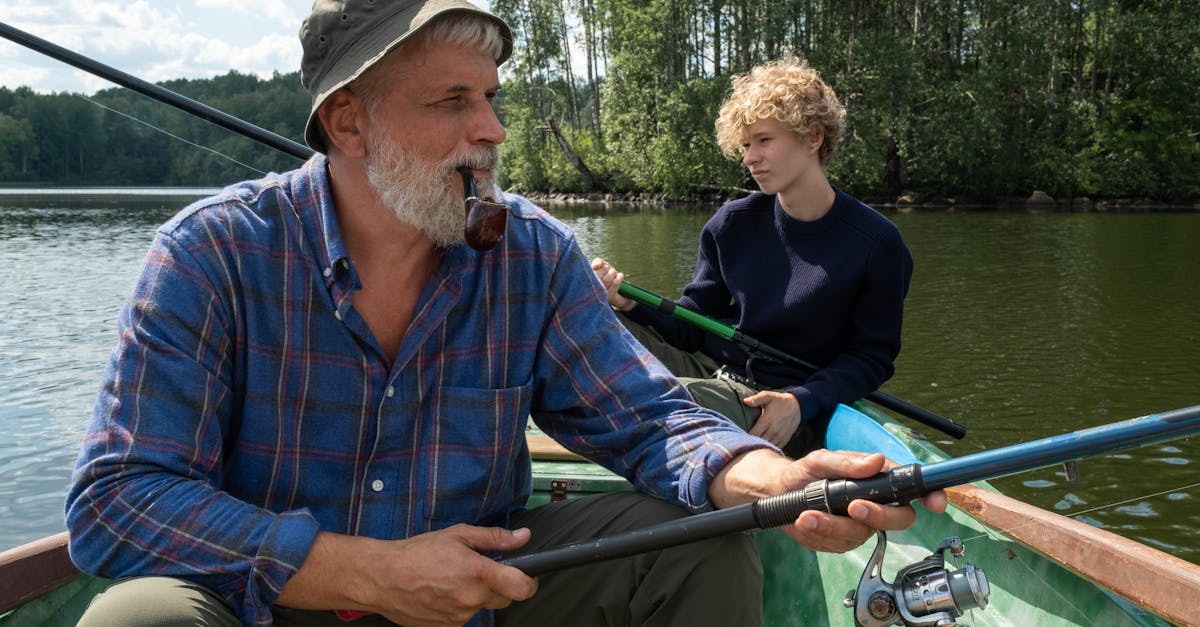
Table Of Contents
Potential Risks Involved
Pipe relining, while a beneficial method for repairing damaged pipes, does carry certain risks that should be considered. The process involves the insertion of a liner into the existing pipe, which requires thorough evaluation and preparation. If the initial inspection is insufficient or if underlying issues such as severe corrosion or structural compromise are present, the newly installed liner may not adhere properly or could degrade over time. This may lead to further complications that could negate the advantages of the relining procedure.
Another potential risk involves the materials used during the pipe relining process. Some types of resin or bonding agents may emit volatile organic compounds (VOCs) during installation. These emissions can pose health risks if adequate ventilation is not maintained, particularly in enclosed spaces. Furthermore, if the curing process is not managed correctly, it could result in inconsistencies in the liner’s integrity, potentially leading to leaks or even complete failure of the repair. Careful selection of materials and adherence to safety protocols are essential to mitigate these risks.
Common Issues During the Relining Process
During the pipe relining process, contractors may encounter various common issues that can affect the overall outcome. One of the main challenges involves the condition of the existing pipes. If the pipes show significant wear or damage, it can complicate the relining procedure and could even lead to the need for additional repairs. This can extend the timeline and increase costs, as unexpected complications arise when assessing the initial state of the pipes.
Another issue that may occur is related to the curing process of the relining material. Proper curing is essential for ensuring that the new lining adheres correctly and provides a durable seal. Poor curing conditions, such as temperature fluctuations or inadequate ventilation, can undermine the effectiveness of the pipe relining. These factors can lead to premature failure of the lining, necessitating further intervention and potentially negating the benefits of the initial relining effort.
Environmental Impact
The environmental impact of pipe relining is a significant consideration. Traditional pipe replacement often involves extensive excavation, which can disrupt the surrounding ecosystem. This method can lead to increased soil erosion, habitat destruction, and a rise in carbon emissions due to machinery use. Pipe relining presents a solution that minimises these disruptive processes, allowing for the rehabilitation of existing pipes with minimal surface disturbance.
Furthermore, the materials used in pipe relining are typically designed to be durable and resistant to corrosion, decreasing the likelihood of future leaks and maintaining the integrity of local water systems. While the initial chemicals used in the relining process may raise some concerns regarding toxicity, advancements in technology have led to more eco-friendly options. Ultimately, pipe relining offers a more sustainable alternative, reducing waste and preserving natural resources in the long term.
Benefits of Pipe Relining for Sustainability
Pipe relining presents a sustainable solution for repairing damaged pipes without the need for extensive excavation. This method reduces the amount of wasted materials by rehabilitating existing infrastructure rather than replacing it entirely. As a result, less construction debris ends up in landfills. Additionally, pipe relining minimises the disruption to soil and surrounding ecosystems, helping to preserve the local environment during the repair process.
Utilising a trenchless technology approach, pipe relining decreases the energy typically required for traditional excavation and pipe replacement. This reduction in resource consumption contributes to a lower carbon footprint associated with sewer maintenance. By extending the lifespan of existing pipes, this method ensures that fewer raw materials are needed for new pipe manufacturing, further promoting sustainability within infrastructure management.
Accessibility Challenges
Accessing the pipes in difficult locations can pose significant challenges during the pipe relining process. Areas behind walls, under concrete slabs, or within shallow trenches often complicate the installation. The difficulty in manoeuvring equipment and materials into these hard-to-reach spots can lead to increased labour costs and extended project timelines.
Moreover, the presence of existing infrastructure such as utility lines or plumbing systems can further complicate access. Technicians may need to exercise caution to avoid damaging these components while carrying out pipe relining work. This careful navigation not only requires skilled professionals but may also necessitate additional planning and resources to ensure a successful outcome.
Limitations in HardtoReach Areas
Accessing hard-to-reach areas poses a significant challenge during pipe relining projects. These locations often require advanced equipment and specialised techniques to ensure that the relining process is carried out effectively. Narrow passages, confined spaces, or deep underground pipes can complicate the installation, sometimes resulting in increased time and costs. The difficulty in reaching these areas can also raise concerns about the structural integrity of the surrounding environment.
Moreover, finding the right balance between maintaining the pipe's functionality and addressing accessibility issues can be tricky. In some cases, traditional excavation methods may be deemed more practical, despite the advantages of pipe relining in many situations. When faced with such limitations, professionals must assess the viability of relining versus alternative methods, taking into consideration the implications for both time and budget.
FAQS
What is pipe relining?
Pipe relining is a trenchless rehabilitation method used to repair damaged pipes by inserting a resin-coated liner into the existing pipe, which then hardens to form a new, durable inner surface.
What are the common risks associated with pipe relining?
Potential risks include the possibility of incomplete curing of the resin, damage to the existing pipes during the process, and the need for additional repairs if the relining is unsuccessful.
How does pipe relining affect the environment?
Pipe relining is generally considered environmentally friendly as it reduces the need for excavation, minimises waste, and often uses less water compared to traditional pipe replacement methods.
Are there any limitations when relining pipes in hard-to-reach areas?
Yes, accessibility challenges can hinder the relining process in hard-to-reach areas, making it difficult to insert the liner and potentially increasing costs and time required for the job.
What should I consider before opting for pipe relining?
Consider the condition of your existing pipes, the extent of damage, potential risks involved, accessibility issues, and consult with professionals to evaluate if pipe relining is a suitable solution for your situation.

